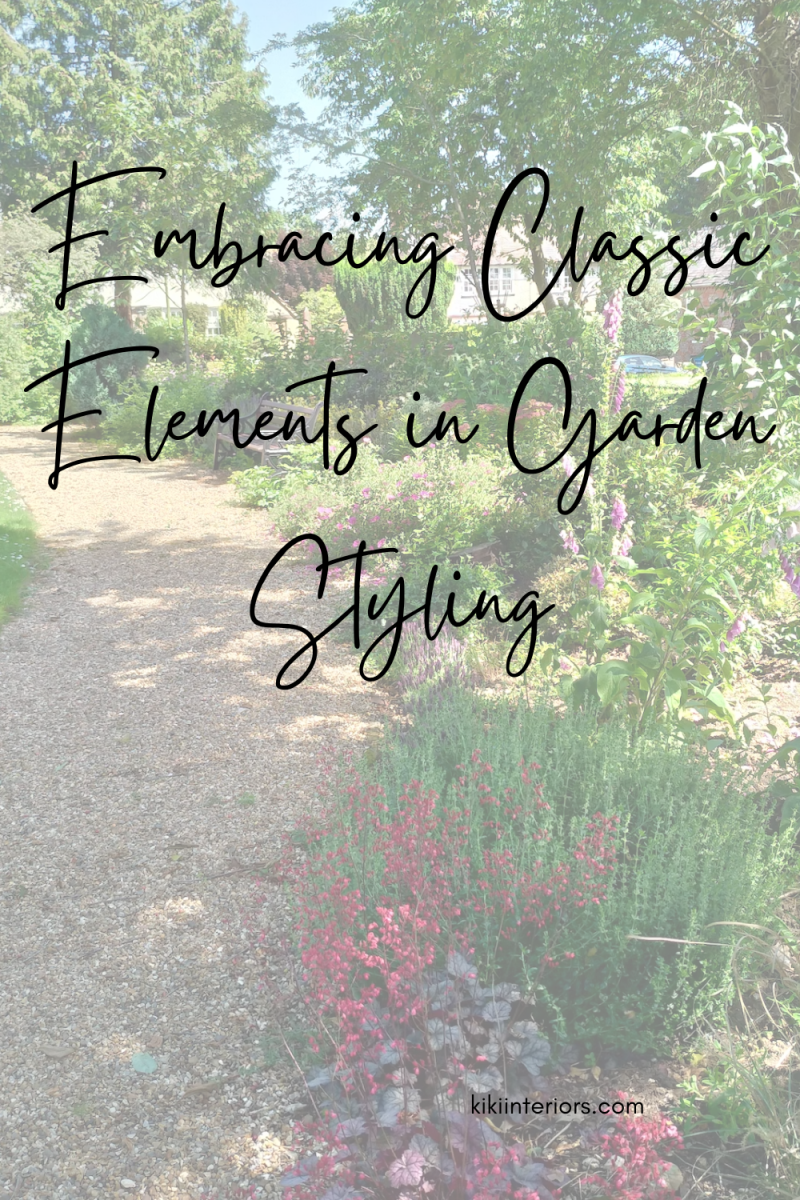
Gardens, with their enchanting allure, have been a canvas for human creativity throughout history. While garden design trends may come and go, certain classic elements remain timeless, lending an enduring elegance to outdoor spaces. Incorporating these elements into your garden styling connects you to horticultural traditions and creates a space that transcends fleeting fads.
Symmetry and Balance
One of the hallmark features of classic garden design is the emphasis on symmetry and balance. A well-ordered layout, with matching plantings and structures on either side, creates a sense of harmony that is visually pleasing. Think about pathways lined with identical trees, symmetrical flower beds, or a central focal point that grounds the entire garden.
Formal Garden Structures
Classic gardens often feature formal structures such as buildings from ukgardenbuildings.co.uk that add a touch of sophistication. Statues, fountains, and trellises evoke a sense of grandeur, transforming your outdoor space into a place of timeless beauty. These structures serve as focal points, drawing the eye and providing a sense of structure to the overall design.

Traditional Plantings
Selecting plants with a rich history in garden design is a key component of infusing classic elements into your landscape. Roses, boxwoods, and lavender are classic choices that have been adorning gardens for centuries. These plants not only carry a timeless aesthetic but also offer a connection to the past, creating a sense of continuity through the ages.
Hedges and Topiaries
Well-manicured hedges and topiaries are emblematic of classic garden styling. These sculpted elements provide a sense of order and formality, creating a visual framework for the surrounding landscape. Boxwood hedges, in particular, have been a staple in classic European gardens, offering a versatile and elegant solution for delineating spaces. However, they suffer badly from boxwood blight, so look for other plants, such as yew, to achieve a similar look.
Gravel Pathways
Gravel pathways are a classic feature that adds a touch of refinement to any garden. Whether meandering through flower beds or leading to a charming seating area, gravel paths evoke the timeless appeal of historic estates and traditional landscapes. They are functional and contribute to the overall aesthetic with their understated elegance.
Formal Color Palettes
Classic gardens often embrace a restrained color palette, focusing on a harmonious combination of whites, greens, and muted tones. This timeless approach to color allows the beauty of the plants and structural elements to take center stage without overwhelming the senses. Consider incorporating classic color schemes to achieve a sophisticated and enduring look.

Terracotta and Stone Accents
The use of natural materials like terracotta and stone adds a classic touch to garden design. From terracotta pots filled with vibrant blooms to stone pathways and statues, these elements contribute to a sense of permanence and authenticity. Their earthy textures and warm hues enhance the overall visual appeal of the garden.
Formal Garden Furniture
Choose timeless and well-crafted garden furniture to enhance the classic atmosphere. Wrought iron benches, elegant bistro sets, or timeless wooden pieces can provide comfortable seating while maintaining the traditional aesthetic. Pay attention to details like scrollwork and craftsmanship to capture the essence of classic design.
In conclusion, embracing classic elements in garden styling is a journey back in time, where timeless elegance and enduring beauty take precedence. By incorporating symmetry, formal structures, traditional plantings, and other classic features, you can create a garden that not only stands the test of time but also becomes a living testament to the rich history of horticultural artistry. Let your garden be a sanctuary where the past and present coalesce, offering a timeless retreat for generations to come.



